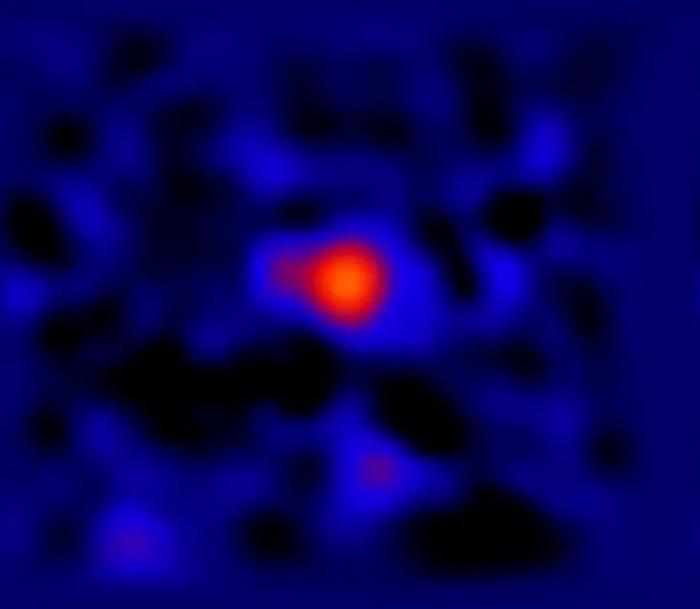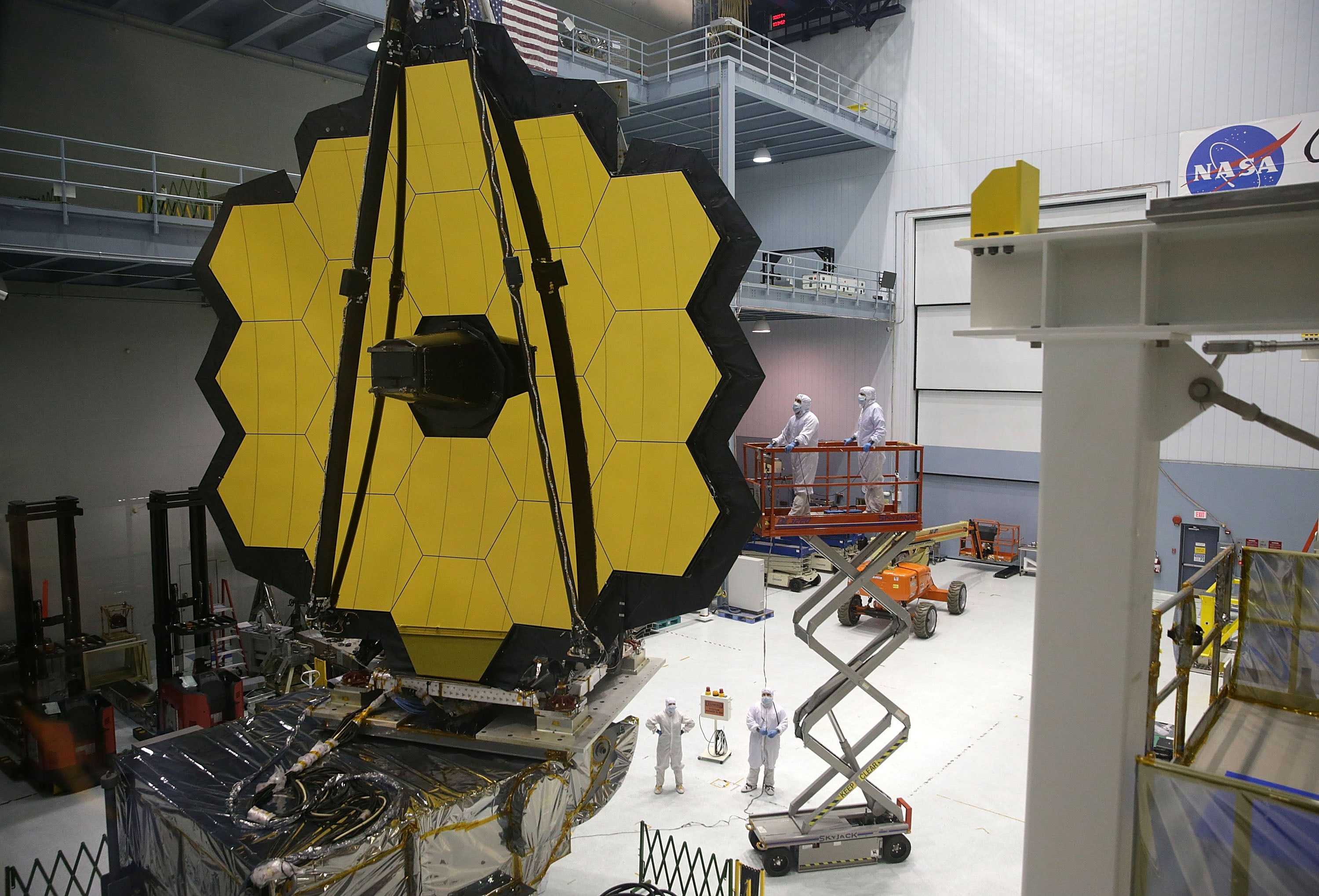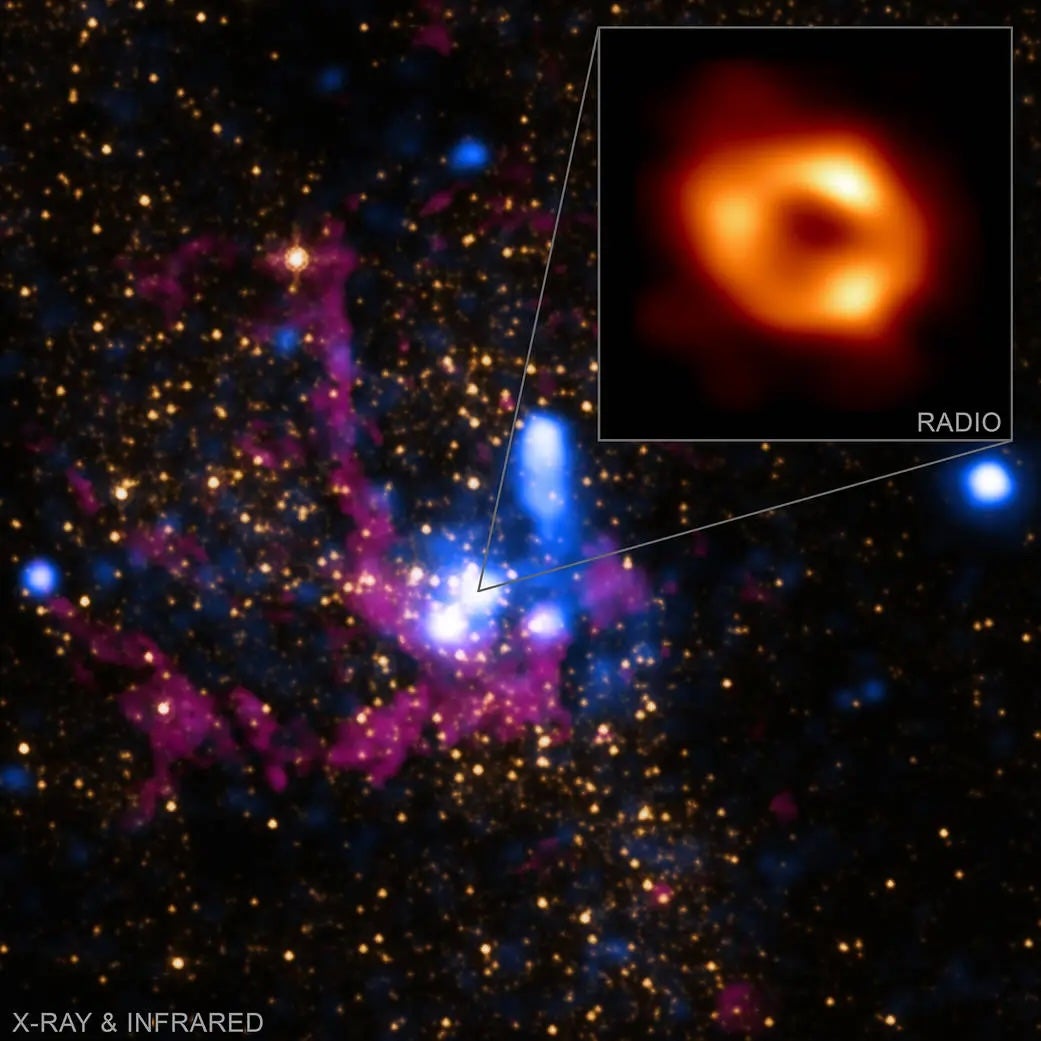Your support helps us to tell the story
From reproductive rights to climate change to Big Tech, The Independent is on the ground when the story is developing. Whether it’s investigating the financials of Elon Musk’s pro-Trump PAC or producing our latest documentary, ‘The A Word’, which shines a light on the American women fighting for reproductive rights, we know how important it is to parse out the facts from the messaging.
At such a critical moment in US history, we need reporters on the ground. Your donation allows us to keep sending journalists to speak to both sides of the story.
The Independent is trusted by Americans across the entire political spectrum. And unlike many other quality news outlets, we choose not to lock Americans out of our reporting and analysis with paywalls. We believe quality journalism should be available to everyone, paid for by those who can afford it.
Your support makes all the difference.
NASA’s James Webb Space Telescope has recorded another amazing achievement.
Scientists announced Tuesday that the telescope had given scientists the longest and most detailed glimpse thus far of the supermassive black hole at the center of our Milky Way galaxy.
First captured in 2022, the international astrophysicists say that the black hole — an astronomical object with a gravitational pull so strong that nothing can escape it — appears to be bubbling with light.
They found that the event horizon of the black hole Sagittarius A*, a disk of hot and spinning gas and dust that surrounds the black hole, is emitting a constant stream of flares.
“Flares are expected to happen in essentially all supermassive black holes, but our black hole is unique,” Northwestern University’s Farhad Yusef-Zadeh, said in a statement. “It is always bubbling with activity and never seems to reach a steady state. We observed the black hole multiple times throughout 2023 and 2024, and we noticed changes in every observation. We saw something different each time, which is really remarkable. Nothing ever stayed the same.”
Yusef-Zadeh led the research, carried out by the university’s team of astrophysicists and published in The Astrophysical Journal Letters.

The authors say that their findings could help to better understand the nature of black holes and the evolution of the Milky Way.
Nearly every large galaxy has a supermassive black hole at its center. The black holes have hundreds of thousands to billions of times the sun’s mass. They may have been created by the gravitational collapse of giant gas clouds that formed the galaxies, from the merger of smaller black holes, or grew by eating orbiting stars.
There are many things scientists still hope to understand about them, like what matter looks like inside their event horizons: boundaries marking the outer edge of black holes where not even light can escape.
To conduct this study, the team used the telescope’s infrared imaging capabilities, observing Sagittarius A* for 48 hours during the course of a year and tracking the black hole’s changes.

“In our data, we saw constantly changing, bubbling brightness,” Yusef-Zadeh said. “And then boom! A big burst of brightness suddenly popped up. Then, it calmed down again. We couldn’t find a pattern in this activity. It appears to be random. The activity profile of the black hole was new and exciting every time that we looked at it.”
But, what is responsible for the flares?
While the authors still don’t fully understand the processes involved in the light show, they believe there are two minor and major disturbances that generate the short bursts and longer flares they observed. The smaller ones are like solar flares and the bigger ones are comparable to the collision of two magnetic fields or a spark of static electricity.
Looking at the changing brightness of the flares in the two wavelengths of light the telescope observed at the same time, they were able to see how the brightness changed at each wavelength.

By doing so, they found events at a shorter wavelength changed brightness before those at a longer wavelength. Particles may lose energy quicker at shorter wavelengths, they noted.
“This is the first time we have seen a time delay in measurements at these wavelengths,” Yusef-Zadeh said.
Going forward, they hope to use the telescope to observe Sagittarius A* for a longer period of time. They had previously made observations in 8-to-10-hour increments.
“When you are looking at such weak flaring events, you have to compete with noise,” Yusef-Zadeh said. “If we can observe for 24 hours, then we can reduce the noise to see features that we were unable to see before. That would be amazing. We also can see if these flares show periodicity (or repeat themselves) or if they are truly random.”

